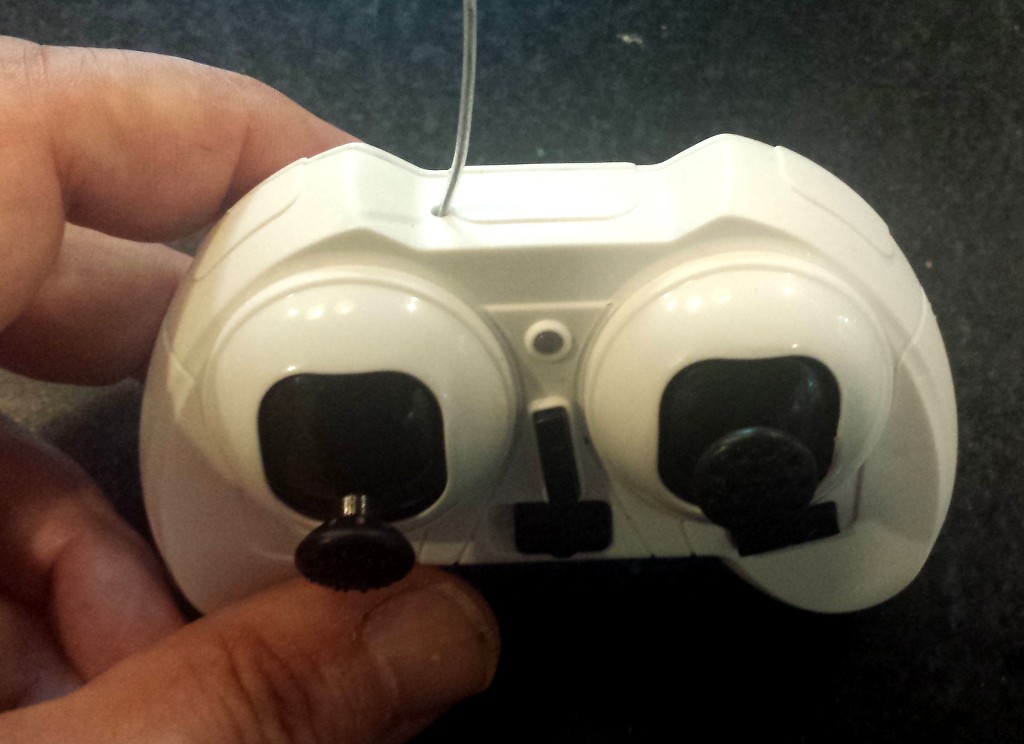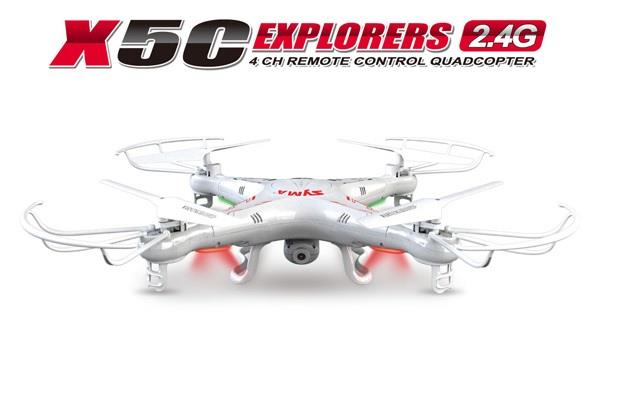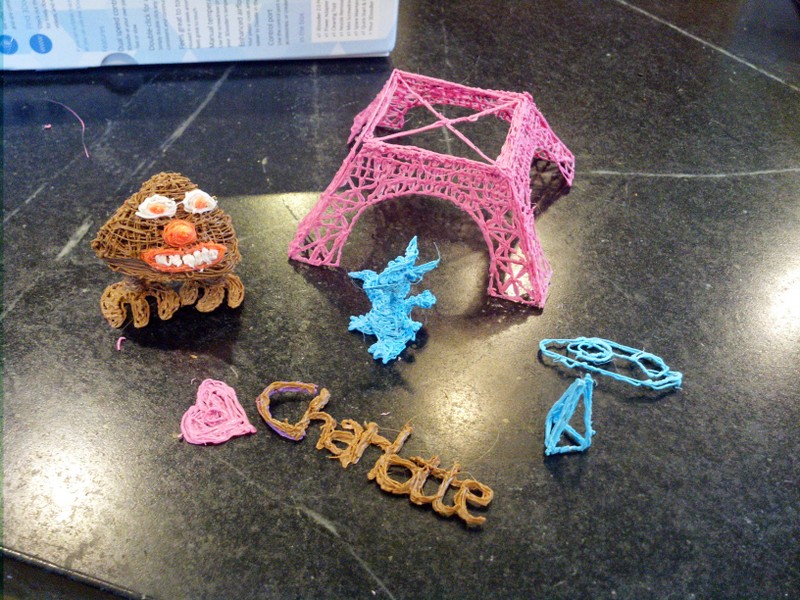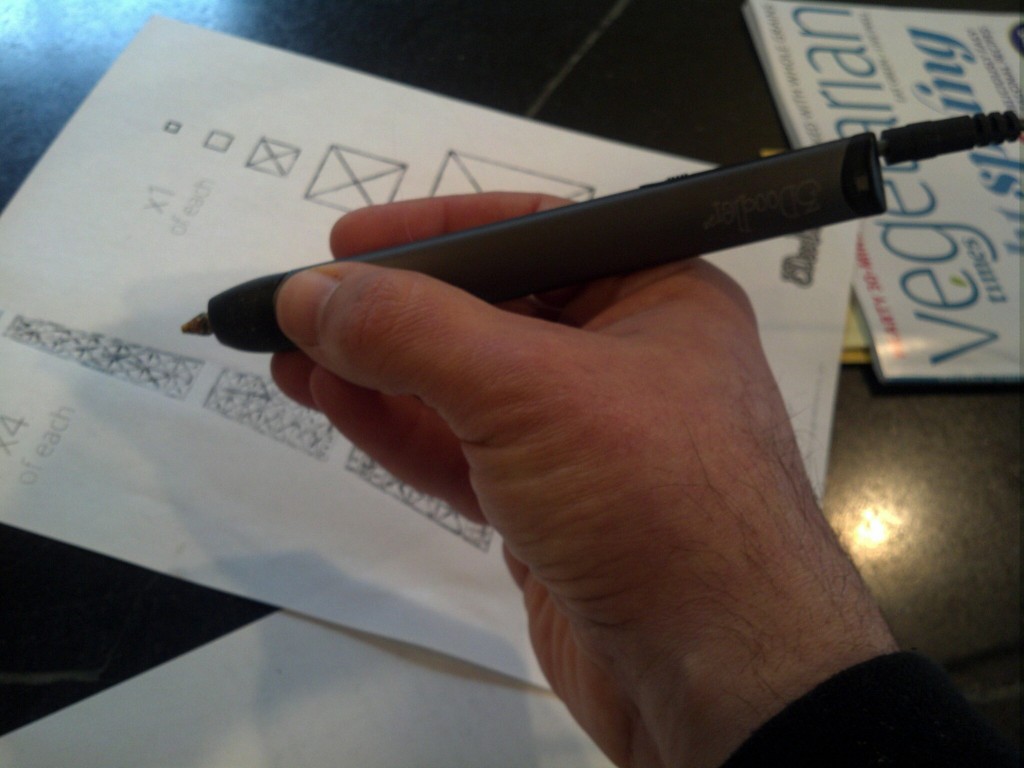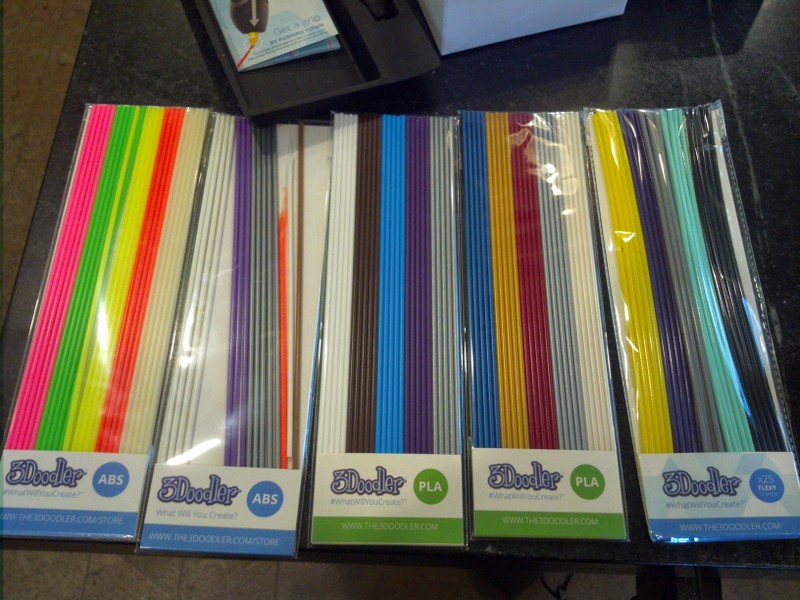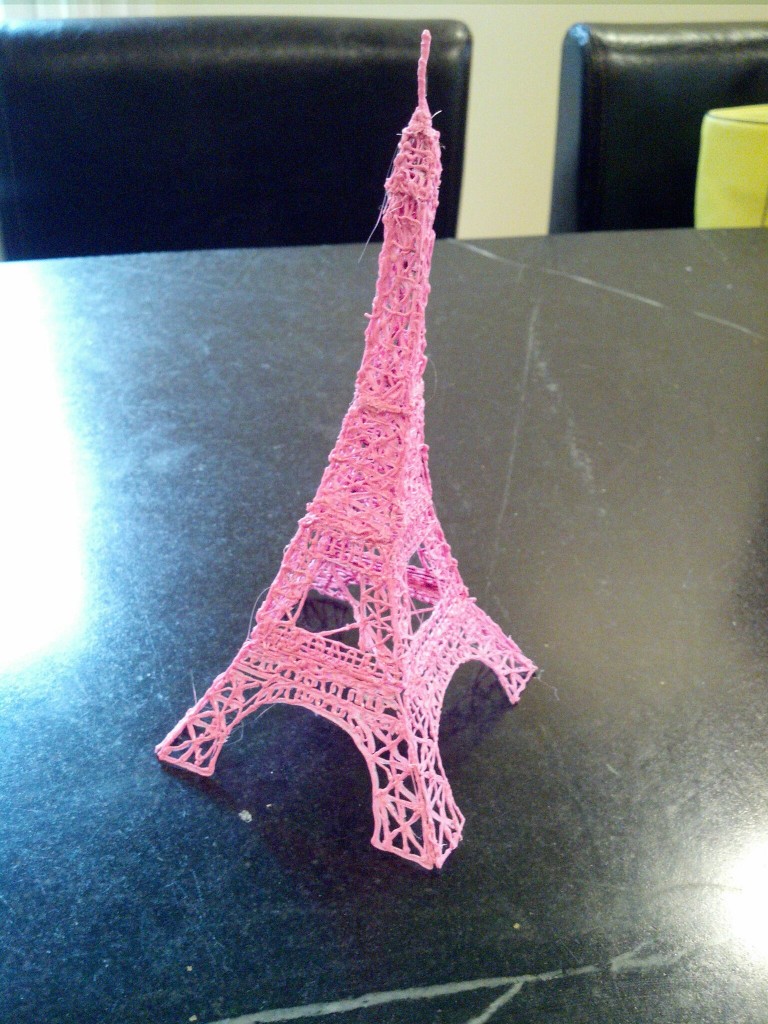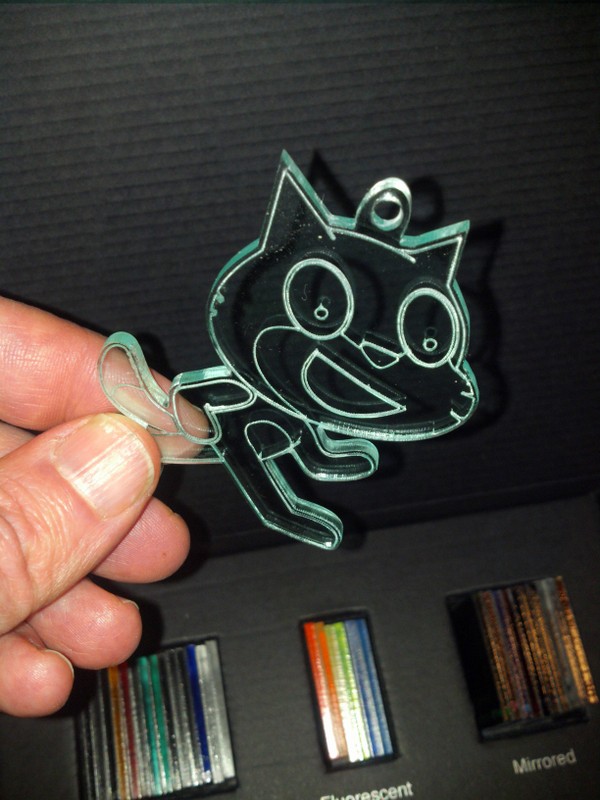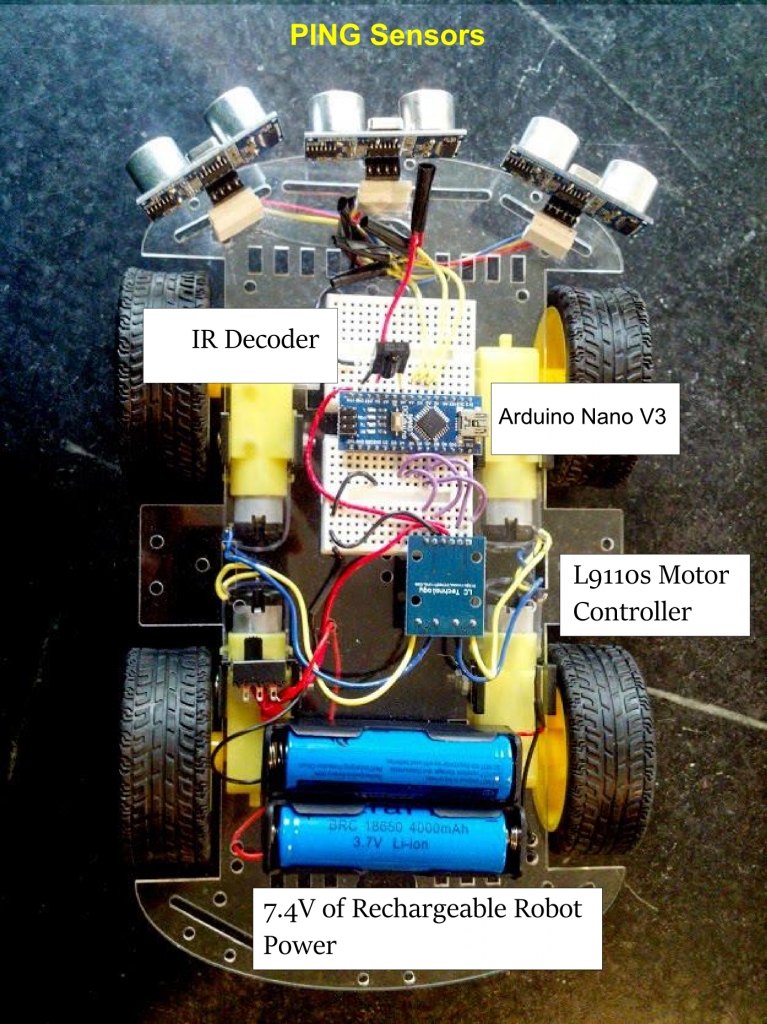Continuing the quadcopter obsession, It’s hard not to run across the myriad of nano and mini quadcopters out there. They are cute, and offer the opportunity to fly indoors. My neighbor who flies a DJI Phantom 3 Pro said he learned on the Cheerson CX10. I ordered the upgraded version (CX10A) from BangGood in China, and while I was waiting, I saw them in action at Einsteins workshop in Burlington, MA at a robotics meetup. It looked really fun and their local quadcopter enthusiast made it look easy to fly, however other folks had a bit of difficulty.
Note, you can also buy it from Amazon for only a couple of dollars more and have it in two days!
Well, it arrived, and it certainly is cute!
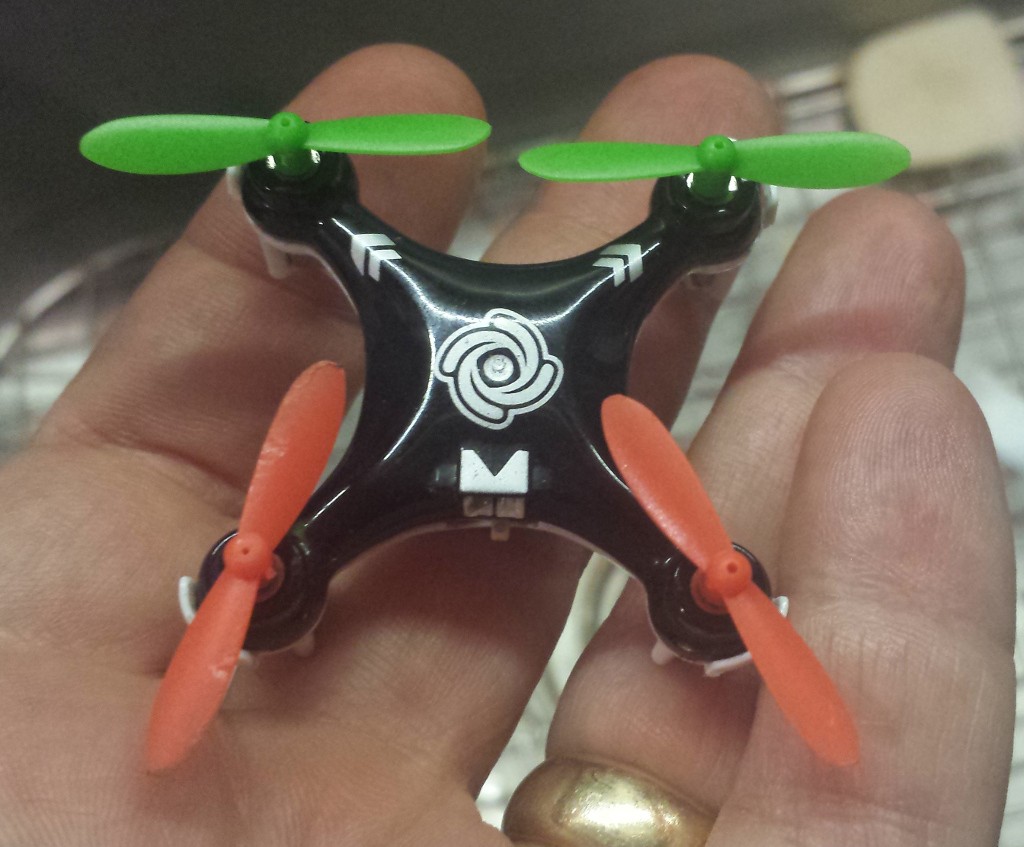
Battery Power
Being tiny (though not the smallest…) It has a very small battery, and it’s inside the case soldered to the board. While the sites advertise replacement batteries, it’s not an easy swap. You’s have to cut the connector off the new battery (Be careful!) and solder it to the board. It comes with a little USB plug charger that charges it in about 30 min. My flight times were initially longer, but now I get about 5-6 minutes without prop guards.
Prop Guards
Now, I was still a newbie (though I had some practice flying the Syma X5C) and I broke a lot of props (order plenty of spares!)
It doesn’t come with prop guards so I 3d printed some from designs on thingiverse, and later ordered an aftermarket propguard that was much lighter.
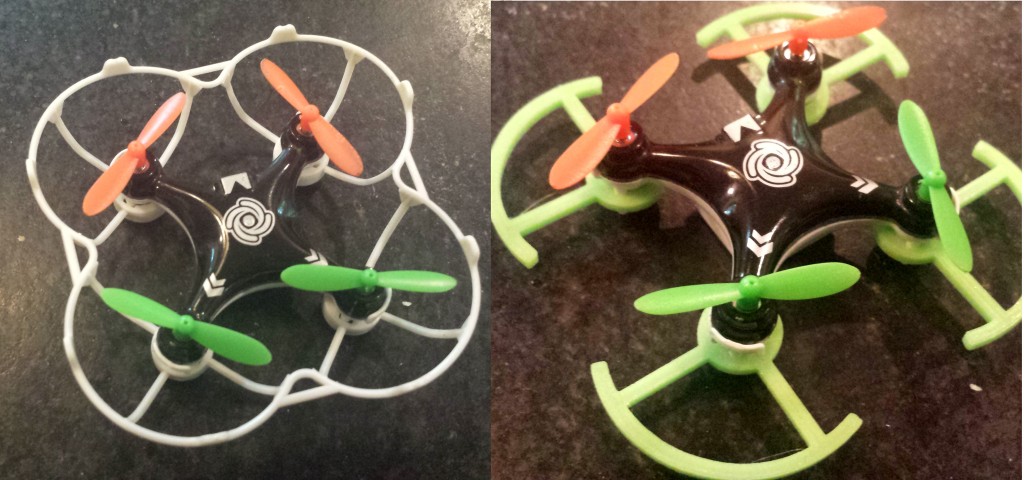
How does it fly?
Let me say this: It’s all about the thrust, and I’m afraid the tiny props just don’t provide a lot. Without propguards it flies reasonably well, though it’s not going to win any awards for turning quickly. With the prop guards, it has significantly more inertia, and no more thrust, so it tends to be a bit more jerky. It falls faster, stops slower, and in general is hard to fly. Not a great thing for a beginner learning to fly. Also keep in mind, this thing is tiny, and you can easily loose track of it.
It also has an acrobatics mode, if you push down on the right joystick, and then push it in the direction you want it to flip, it will execute a nice flip for you. Don’t do this too near the ground (or other people…) as it’s likely to lose some altitude in recovering from the flip.
Range limitations (and a fix)
When I got better at flying it, and was taking it outside, I thought it was broken. It would stop turning in one direction, or just suddenly I’d lose control. I noticed that up close, I didn’t have these problems, but 20 feet away, yuck.
I’d seen some youtubes where people extracted the little wire antenna on other quadcopters and their controllers, so I cracked open the controller, drilled a little hole in the case and fed the wire antenna through, and now it behaves great! I can fly it at least a block away. Don’t bother cracking the copter itself open to do the same thing, as there is no wire antenna, it’s just built into the PCB.
Headless Mode
The CX10A differs from the original CX10 in that it has a “headless mode.” Normally when you fly a copter away from you (back of the craft toward you) Left is Left and Right is Right. If the copter is flying toward you, it’s reversed. If you push the stick left, the quad will go right, and vice versa. In more advanced quadcopters, a special “headless” mode is implemented with an electronic compass, that allows whatever direction you take off in to be the “normal” direction. now, no matter which way you fly, the quad will go Left when you push left, and Right when you push right. On the CX10A, they try to do this by keeping track of turning (it does have a gyroscope sensor) in software. It works….For a while, until it gets confused, and then you have to turn the copter off, and re-pair with the controller. Also, any bump or crash, makes it either go crazy (one or two motors on full speed) or just stop responding all together.
Conclusion
It’s a fun toy, and once you learn to hover relatively well, it’ fun to fly it from one person’s palm to the next. It’s a bit flakey when it crashes, and is underpowered, so I really wouldn’t recommend it for learning to fly. A larger copter, (even a mini, like the Hubsan X4 or the Eachine H8 which I’ll review next) are more agile flyers. I don’t have any other Nano-copters to compare it with, but the bigger ones are easier to fly in general. The nano size can be more readily flown indoors (with even my poor flying ability!) but you should watch out for crashing and you are going to have to clean things like hairs out of the props it if lands in an untidy corner.

